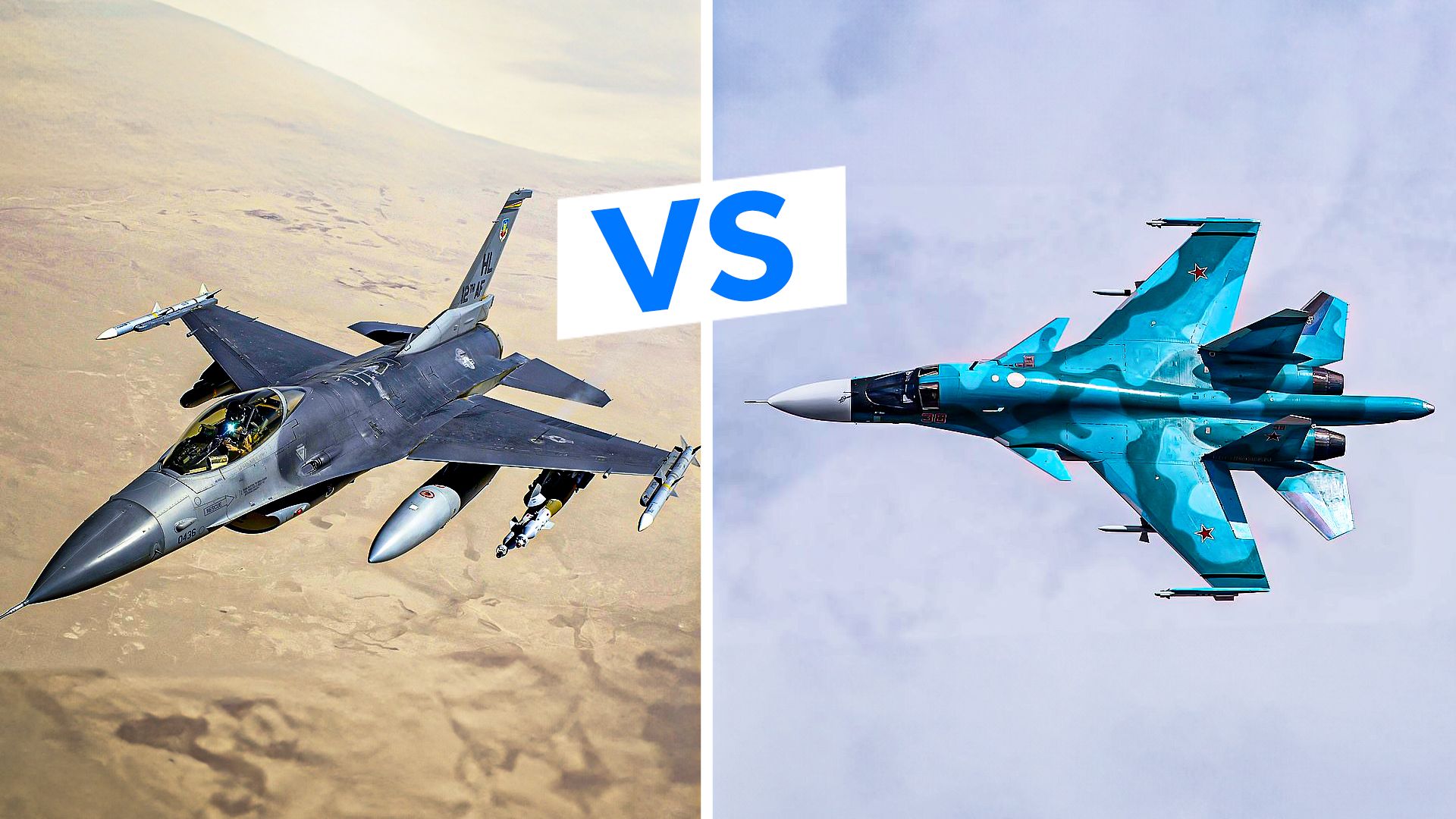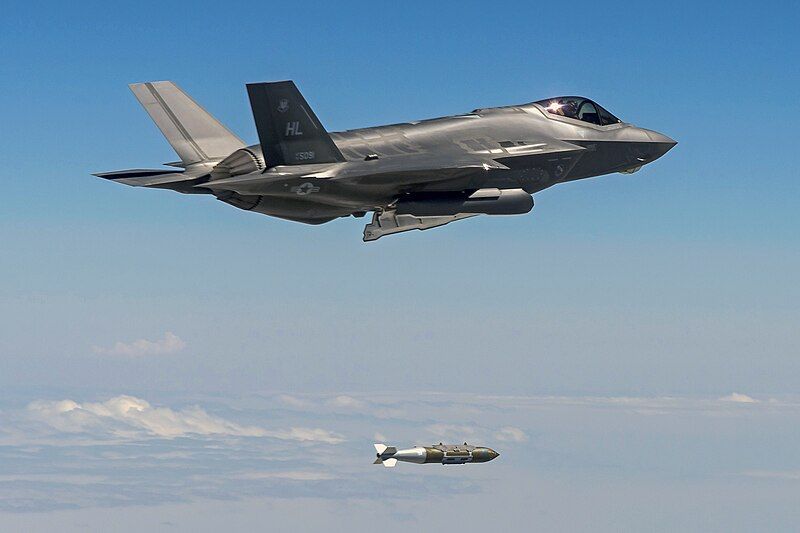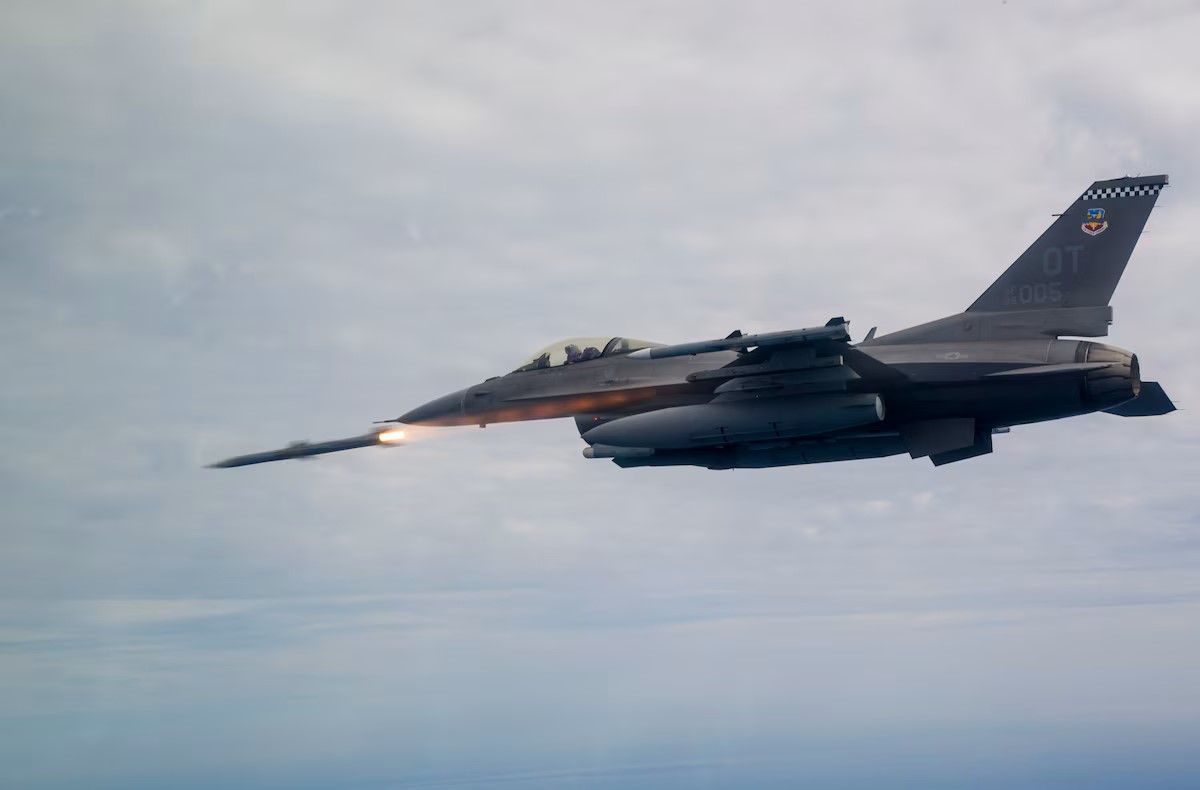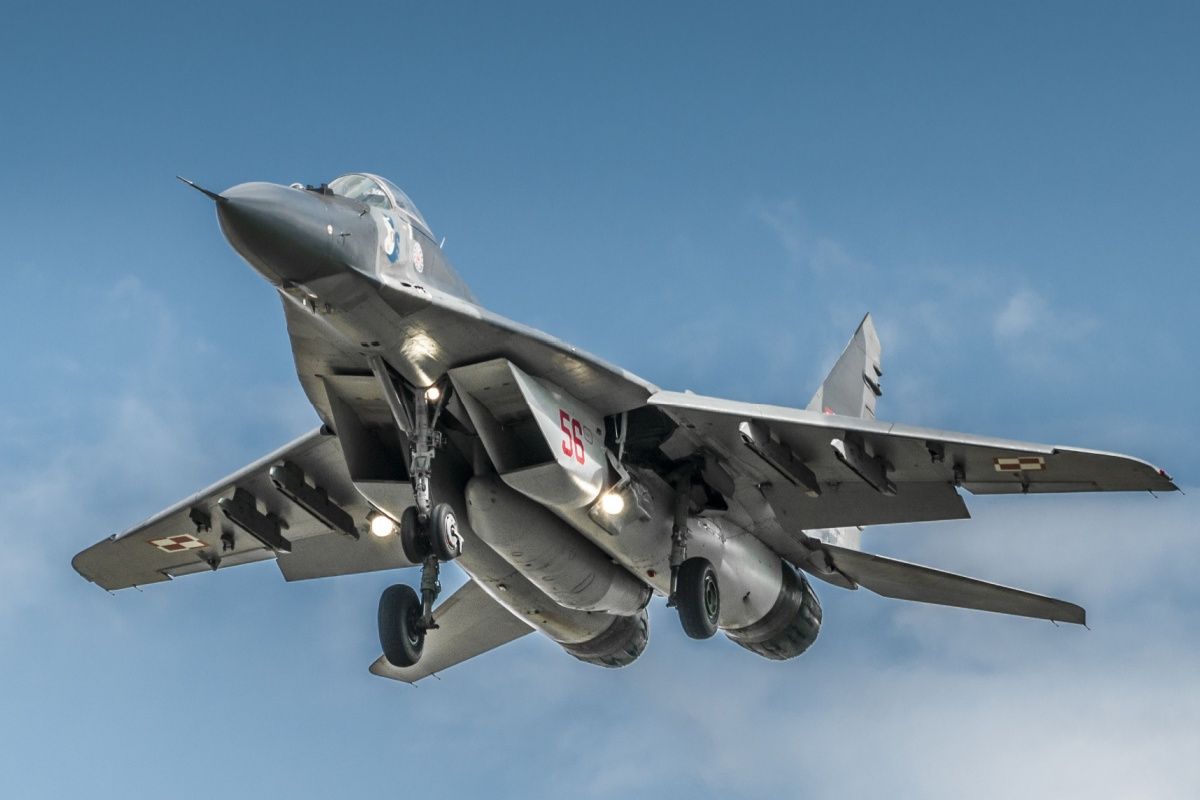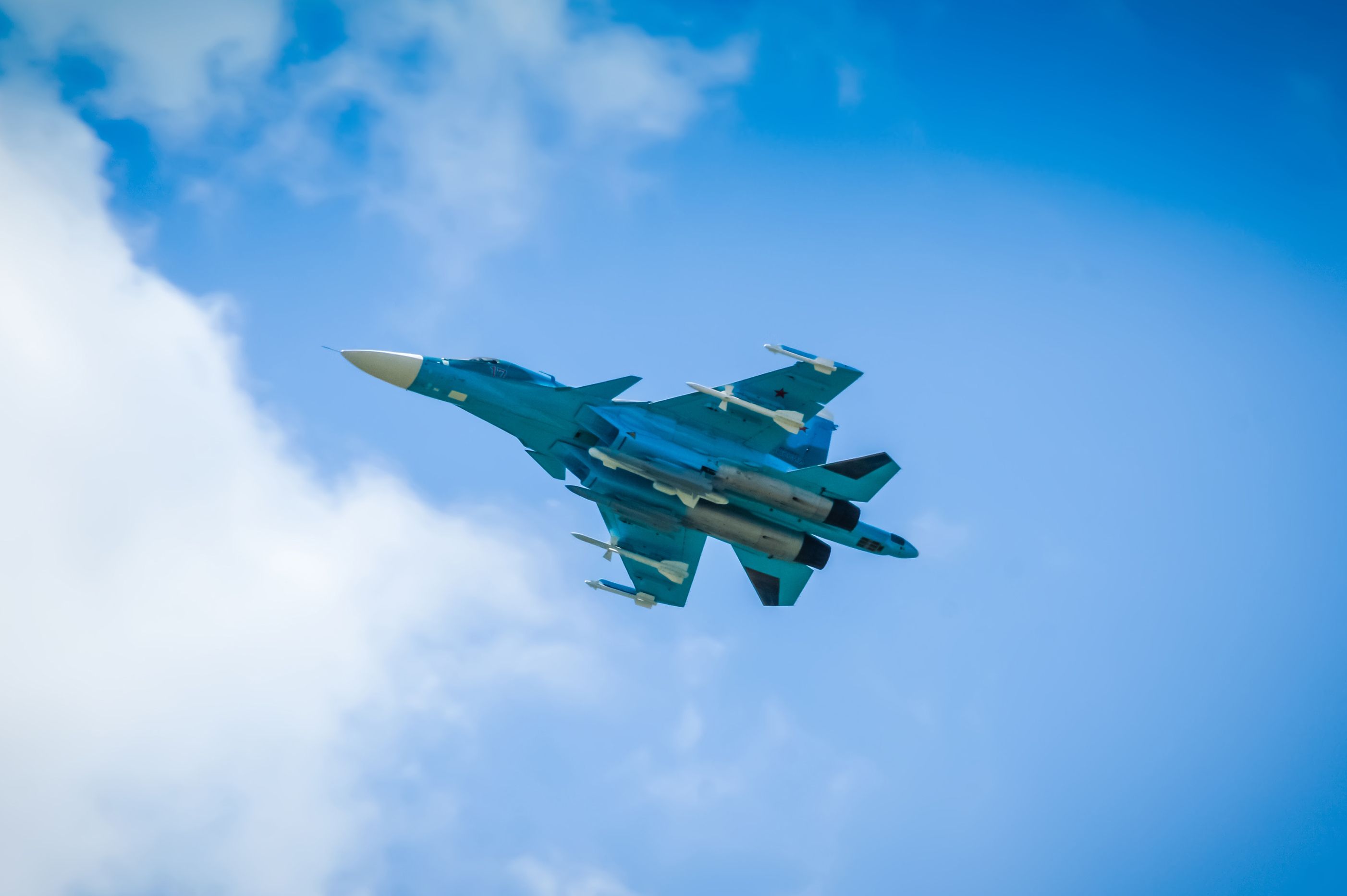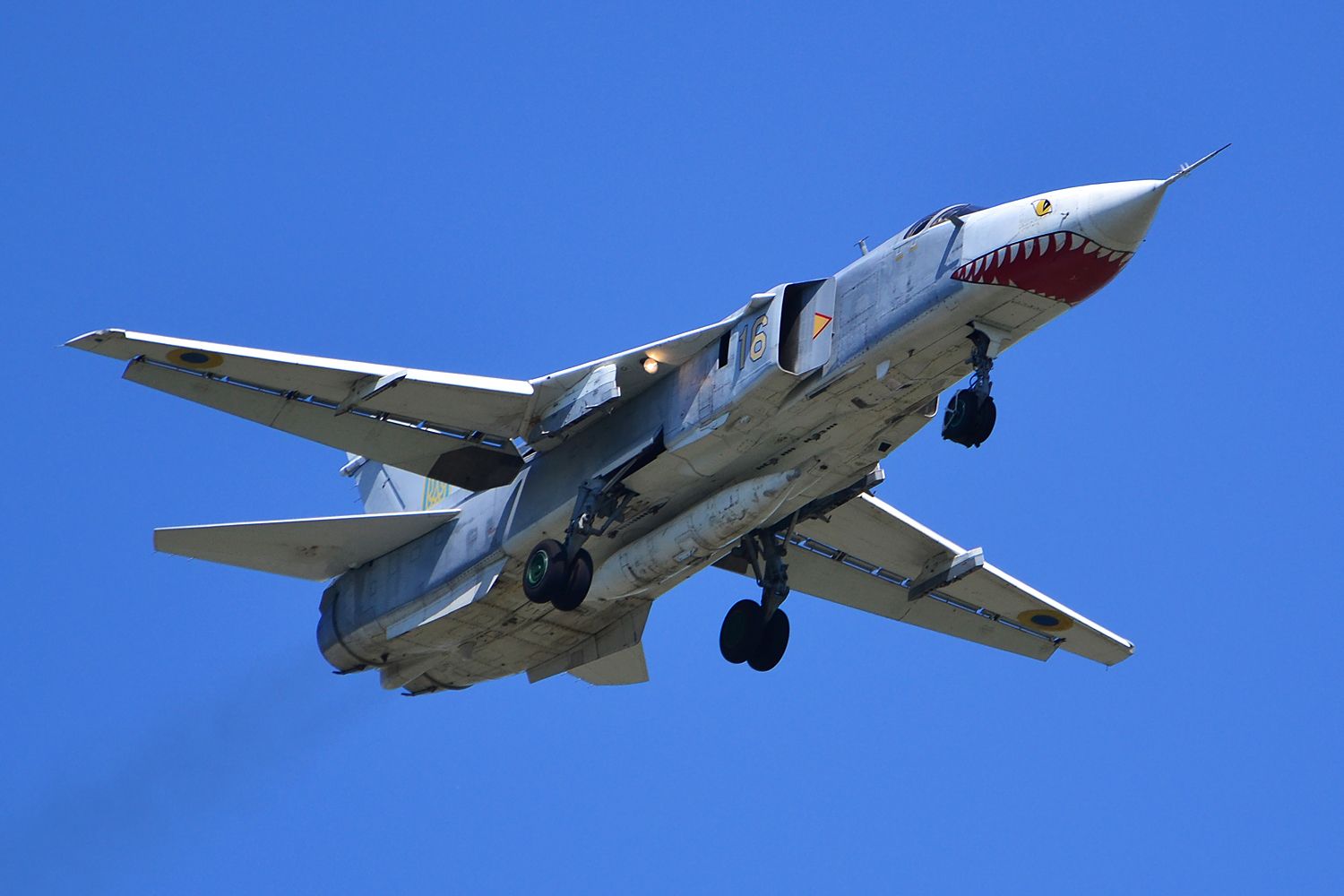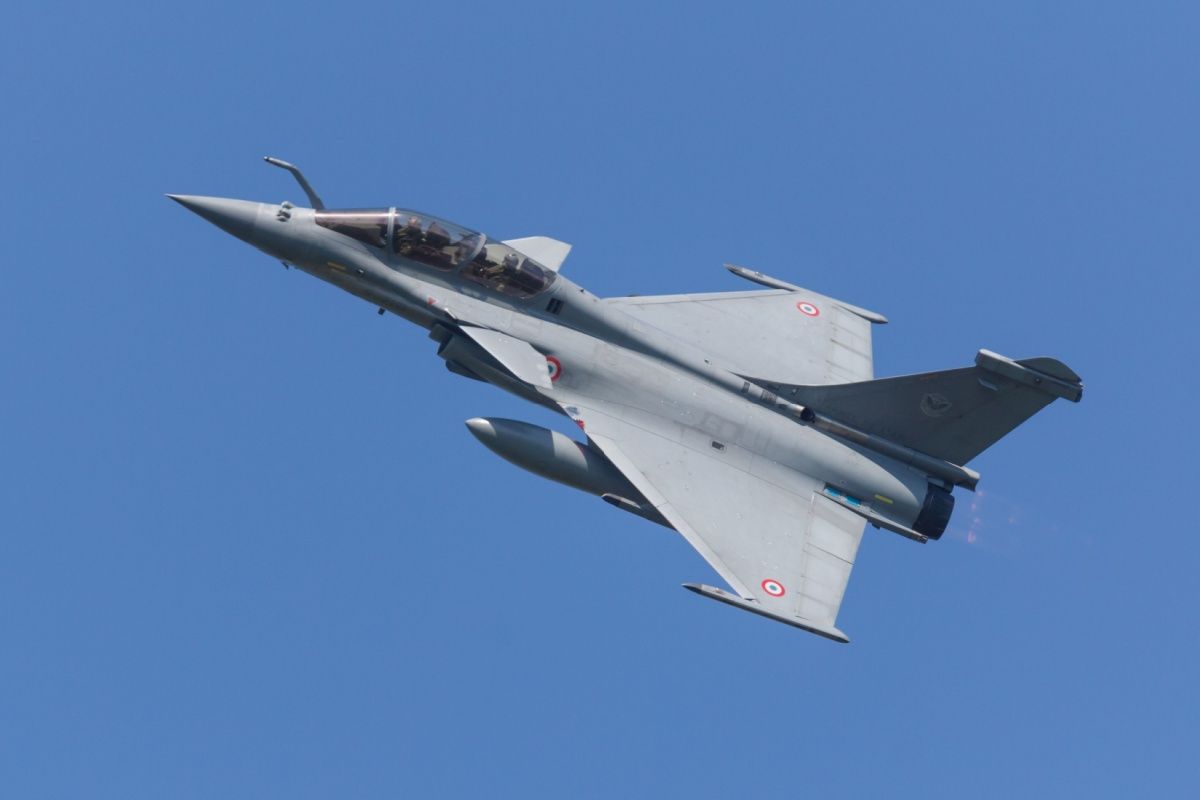While it may be true that American fighter jets
like the F-35
and F-15EX are much more expensive than their Russian counterparts, they also have far more flight hours (as well as other advanced capabilities unmatched by Russia). The shorter flight hours of older Soviet and Russian fighter jets is partly why
Defense News recently suggested the Russian Air Force fighter jet fleet may have decreased around 25%
since the beginning of the Russian invasion of Ukraine (mostly due to wear and tear).
US & Russian Air Force Fifth-generation fighters
The F-35 was designed with an operational life of 8,000 flight hours (as was the F-22 Raptor
Raptor). However, simulated testing for the F-35A suggests its actual lifespan is likely much higher – they have been simulated as having 24,000 hours of operational use. The airframe was simulated for 16,000 flight hours (2x lifetimes), but the airframes showed no signs of fatigue before 24,000 hours (or 3x lifetimes).
The new supposedly fifth-generation Su-57 reportedly has a lifespan of up to 8,500 hours (other sources say 7,000 hours). Incidentally, Russia apparently became the first to lose a fifth-generation fighter in combat after
Ukrainian drones damaged or destroyed one on the ground
.
|
US fighter jet: |
Flight hours: |
Soviet/Russian fighter jet: |
Flight hours: |
|---|---|---|---|
|
F-35 Lightning II: |
8,000 (up to 24,000) |
Su-57 Felon |
7,000-8,500 |
|
F-22 Raptor: |
8,000 |
none |
none |
|
F-16 Fighting Falcon: |
8,000 (extendable to 12,000, new builds 12,000) |
MiG-29 Falcrum: |
2,500 (extendable to 4,000) |
|
F-15 Eagle: |
4,000 (extendable to 8-9,000), F-15EX 20,000 |
Su-34 Fullback: |
Perhaps 6,000-8,000 |
|
F-111 Aardvark: |
4,000 (extended to at least 6,000 hours) |
Su-24 Fencer: |
2,200 (extended to 3,000+) |
US & Russian Air Force Fourth-generation fighters
F-16 Fighting Falcon vs MiG-29 Fulcrum
While Russia may be forced to pull Russian/Soviet jets from the front as their airframes rapidly run out of flight hours, US-designed (but locally produced in Europe) F-16s are being donated to Ukraine with plenty of flight hours left on the clock. Original F-16s were designed for 8,000 operational hours. According to Lockheed Martin, the latest variant of the F-16 (Block 70/72) has a design life of 12,000 hours.
Photo: US Air Force
While the new F-16 Block 70/72 comes with 12,000 flight hours, Lockheed has stated that it can extend the lifespan of legacy F-16C/D Block 40/52 fighters from 8,000 to 12,000 hours.
Expected usage of 8,000 flight hours:
- Yearly: 200 hours
- Weekly: 4 hours
- Years: 40 years (peacetime)
“The Block 70/72 has an industry-leading extended structural life to 12,000 hours – more than 50 percent beyond that of previous production F-16 aircraft. That means a highly reliable, readily maintainable jet of at least 40 years of service life for most air forces, with no expected extended structural repairs throughout that entire lifetime.” – Lockheed Martin
Photo: Piotr Zajc l Shutterstock
The MiG-29 Fulcrum was the Cold War counterpart to the F-16. But whereas the F-16 is soldiering on, the MiG-29s are reaching their end. They were only designed with a service life of 2,500 hours (around 20 years). Midlife upgrades could extend by 50%. The naval MiG-29K variant has a service life of 6,000 hours. Jetify claims the MiG-29 Fulcrum can be extended to up to 4,000 flight hours.
F-15 Eagle family vs Su-27/34/30/35 Flanker family
Early F-15C/D models were originally 4,000 hours, but this was extended to 8,000 or 9,000 hours. The latest variant of the F-15 is the F-15EX Strike Eagle II, which has a whopping 20,000 hours of service life.
Russian fighters are known to have much fewer flight hours. The Su-30MKI and Su-35S have 6,000 flight hours, respectively, while the Su-34 Fullback is also likely within this range.
Photo: Borka Kiss | Shutterstock
As older aircraft expend flight hours, Russia must rely on its limited Su-34/30/35 fleet. But this not only puts more strain on these platforms’ flight hours but also makes them more likely to be shot down (losses are particularly high in these newer aircraft). Production is continuing, but new deliveries are low, around 6-10 units for the Su-34 per year. Older Soviet aircraft still in service in Russia typically have fewer flight hours.
F-111 Aardvark vs Su-24 Fencer
According to Key Military, the Su-24 Fencer (a variable-sweep wing contemporary with the retired F-111 Aardvark with an extended service life of at least 6,000 hours) was originally limited to 2,200 flight hours and 25 years of service. However, Russia’s Su-24M/MR extended this to 3,000 flight hours (the flight hours may be extendable somewhat more).
Other fighter jets
The F/A-18C/D Hornet had a lifespan of 8,000 hours, but this can be extended to 10,000 hours, while the Super Hornet came with 6,000 hours but was upgraded to 7,500 hours.
Other fighter jets (approx flight hours):
- F/A-18 family: 6,000-10,000 hours
- Eurofighter Typhoon: 6,000 hours
- Dassault Rafale: 7,000 hours
- Saab Gripen: 8,000 hours
Photo: Arjan van de Logt l Shutterstock
Other Western jets like the Eurofighter Typhoon, Dassault Rafale, and Saab JAS 39 Gripen have design lives of 6,000, 7,000, and 8,000 hours respectively. Fighter jets are expected to fly for around 200 hours yearly (around 4 hours a week), so 8,000 flying hours translates to around 40 years of flying. Wartime conditions typically drastically speed up the use of flying hours and significantly brings retirement dates forward.

